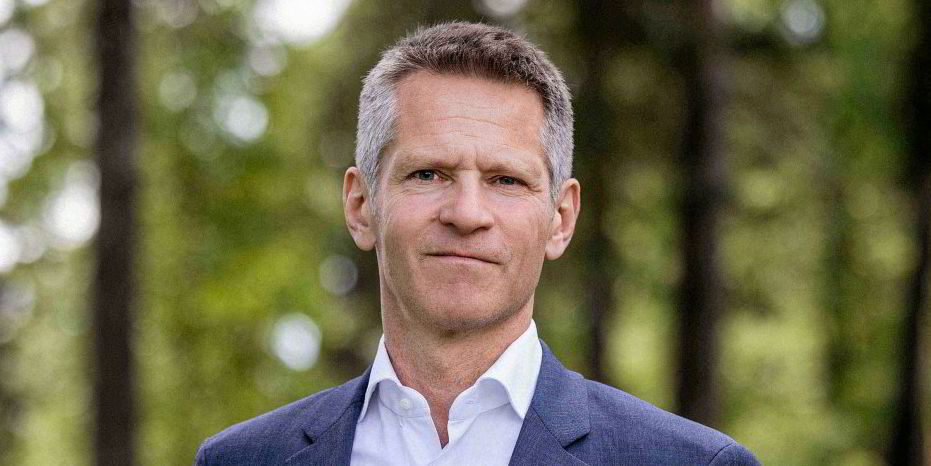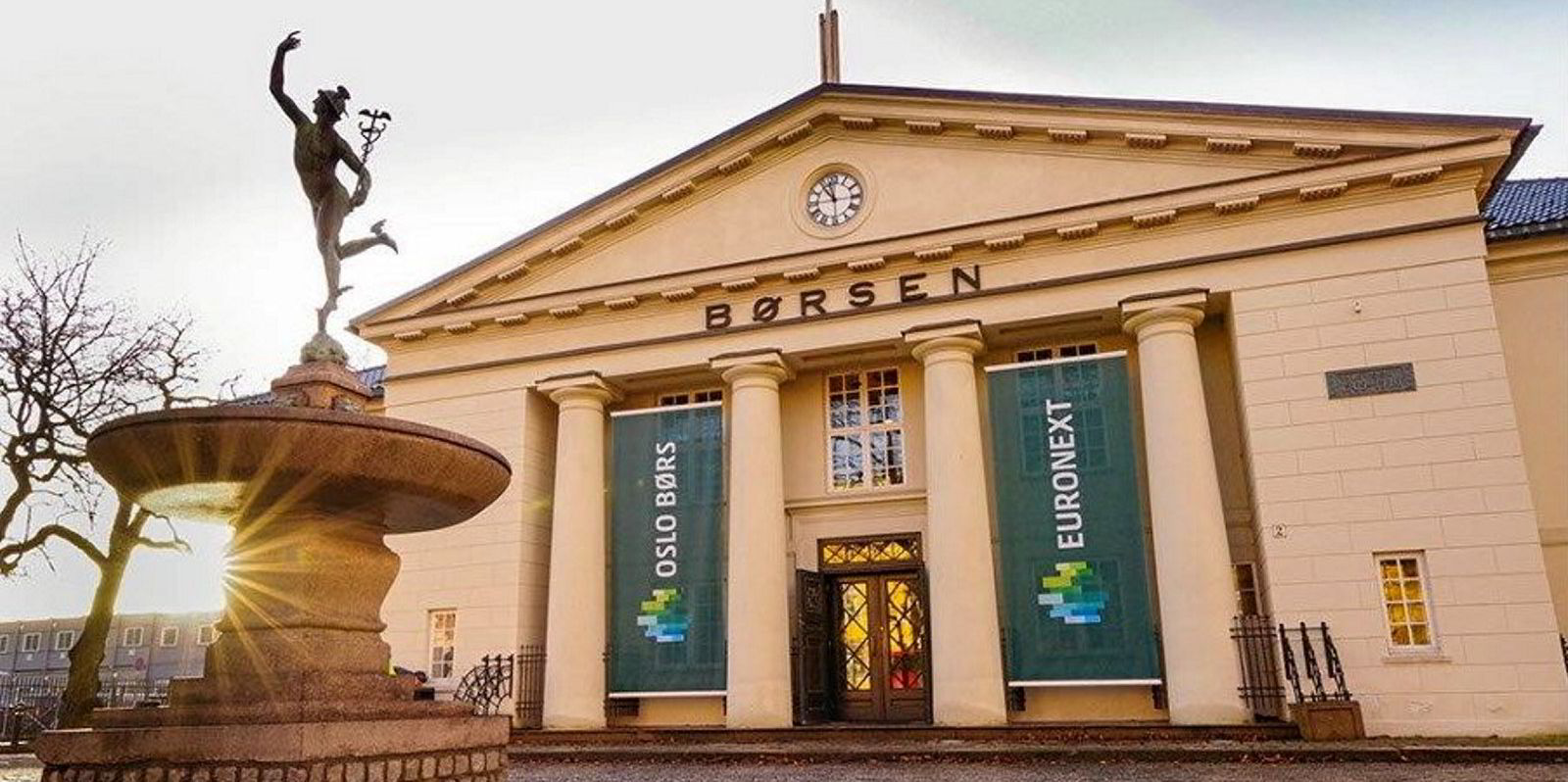Norwegian owner Klaveness Combination Carriers (KCC) is happy to extol the virtues of its next-generation newbuildings.
But the Oslo-listed company has not given up on its oldest ships yet.
KCC is spending $180m on three Cabu vessels at Jiangsu New Yangzi Shipbuilding in China for delivery in 2026.
The ships represent the next iteration of the Cabu combination carriers, which can carry caustic soda solution, floating fertiliser and molasses, as well as all types of dry bulk commodities.
The group retains three Cabus built in 2001 and 2002 among its fleet.
Chief executive Engebret Dahm told TradeWinds: “Base case is that the new ships will replace the three older vessels which are planned to be phased out in 2026/2027.
“There likely will be some overlap in the timing of delivery of newbuilds and the timing of the phase-out of the ‘older ladies’.
“Dependent on cargo volume under our contracts, we may try to extend the life of one or two of the old ladies. They are of course in a very good technical condition, given that we have owned them since delivery and they are well maintained.
“The current intention is to keep the Cabu fleet size constant, but we will see whether we will add some more ships at a later stage.”
Dahm said that irrespective of any new orders, the company can use its Cleanbu oil product and dry bulk ships in the trade to Australia, “which strengthens further our service offering to our Australian customers”.
KCC sold one of its older Cabus at the end of 2021 as a bulker.
Flexibility in bulker trades
“Given the buoyant state of the dry bulk market at the time, the buyer wanted the vessel as a dry bulk vessel,” Dahm said.
The new Cabus are primarily built for the trades between Middle East and Far East to Australia, “but in periods with lower cargo volume, we could take out the ships and trade them as dry ships for a period of time”.
The new Cabus are optimised to maximise the cargo intake in the many draft-restricted Australian ports.
Cargo intake has been increased by 5% to 15% relative to previous generations, according to Dahm.
The company says the new design has an estimated 25% to 30% higher earnings capacity than the 2001 and 2022 vintages, with around 35% lower CO2 emissions.





